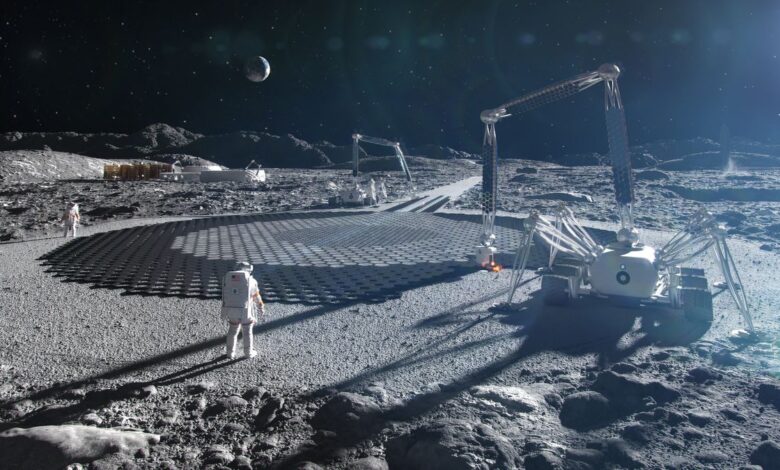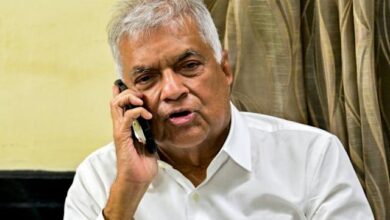NASA Targets Lunar Nuclear Reactor Deployment by End of Decade Amid Strategic Competition with China

NASA Administrator Sean Duffy announced this week that the Trump Administration intends to deploy a working nuclear fission reactor on the Moon by the end of the decade. Duffy framed the plan as part of a strategic race with China, stating, “We’re in a race to the moon, in a race with China to the moon.”
He noted that establishing a reactor could be more strategically valuable than symbolic milestones such as planting a flag. A reactor would create a “keep-out zone” around itself, effectively securing access to high-value lunar sites, including craters believed to contain frozen water.
NASA’s timeline for deployment builds on decades of nuclear technology use in space missions. Since the 1960s, the agency has relied on radioisotopic thermoelectric generators (RTGs) to power Apollo missions, deep-space probes, and Martian landers. These devices convert heat from the decay of isotopes such as Plutonium-238 into electricity, producing up to 100 watts. RTGs on Voyager and Pioneer probes continue to operate, powering the first human-made objects to leave the solar system.
The proposed lunar reactors would be more complex, generating heat through the fission of Uranium-238 to produce up to 100 kilowatts, sufficient to power only a few dozen homes on Earth. Multiple units would be required to sustain a permanent Moon base.
NASA has determined that nuclear power is essential for long-term lunar operations. Extended lunar nights, lasting up to 14 Earth days, limit the viability of solar panels, and fossil fuels cannot be used in the Moon’s vacuum environment. The agency’s Kilopower project first demonstrated small-scale space reactor technology, leading to the 2022 allocation of $5 million grants to three contractor teams to develop 40-kilowatt designs.
The Fission Surface Power Project specifications call for a system weighing six tons, measuring 13 feet in diameter and 20 feet in length, capable of operating for 10 years without maintenance or refueling. According to Sebastian Corbisiero, national technical director for space reactors at the Idaho National Laboratory, “On Earth reactors are not designed to be low mass and small. In space you need as little mass as possible, to fit on a rocket.”
Corbisiero emphasized that a lunar reactor would be a critical step toward supporting a sustainable human presence on Mars. His 2023 research concluded that “surface nuclear power is required for a sustainable lunar presence.”
The 2022 contracts were awarded to three consortia: Lockheed Martin and BWXT, which have collaborated with NASA on the $500 million DRACO nuclear-powered spacecraft; Westinghouse and Aerojet Rocketdyne, seeking to adapt Westinghouse’s eVinci microreactor; and startup X-Energy, partnering with Maxar and Boeing, proposing a proprietary fuel source instead of the standardized HALEU uranium NASA typically specifies.
The final system will likely use a Stirling engine to convert fission heat into electricity and incorporate a meltdown-proof liquid sodium cooling system. Corbisiero believes a five-year deployment is feasible, contingent on progress with NASA’s Artemis program, whose first crewed mission, Artemis II, is scheduled for early 2026, and adequate funding.
Microreactors on Earth often cost billions of dollars to develop, but Duffy argued that the strategic benefits outweigh the expense. China plans to launch its Chang’e-8 mission in 2029 to test lunar base construction using robotics and 3D printing, with the goal of operational facilities by the mid-2030s. Both nations are targeting the Moon’s polar regions, where near-constant sunlight and ice deposits offer key advantages. “We have ice there, we have sunlight there. We want to get there first and claim that for America,” Duffy said.
Read More: LAD REPORTING




